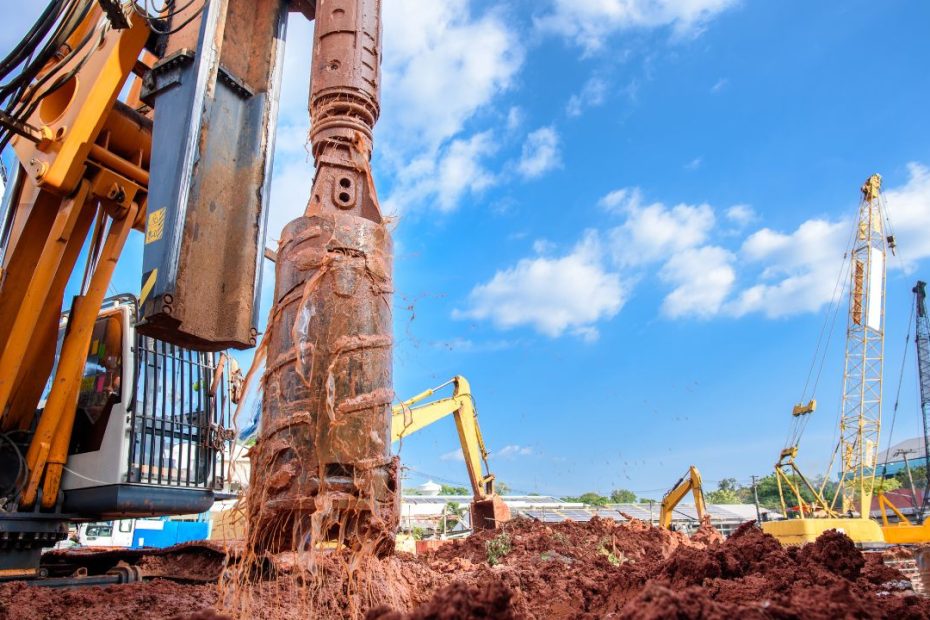Tips To Improve the Health of Your Cattle
Cattle farming contributes to the global food supply and provides economic stability to millions of farmers worldwide. A cattle farm’s success hinges significantly on the… Read More »Tips To Improve the Health of Your Cattle




